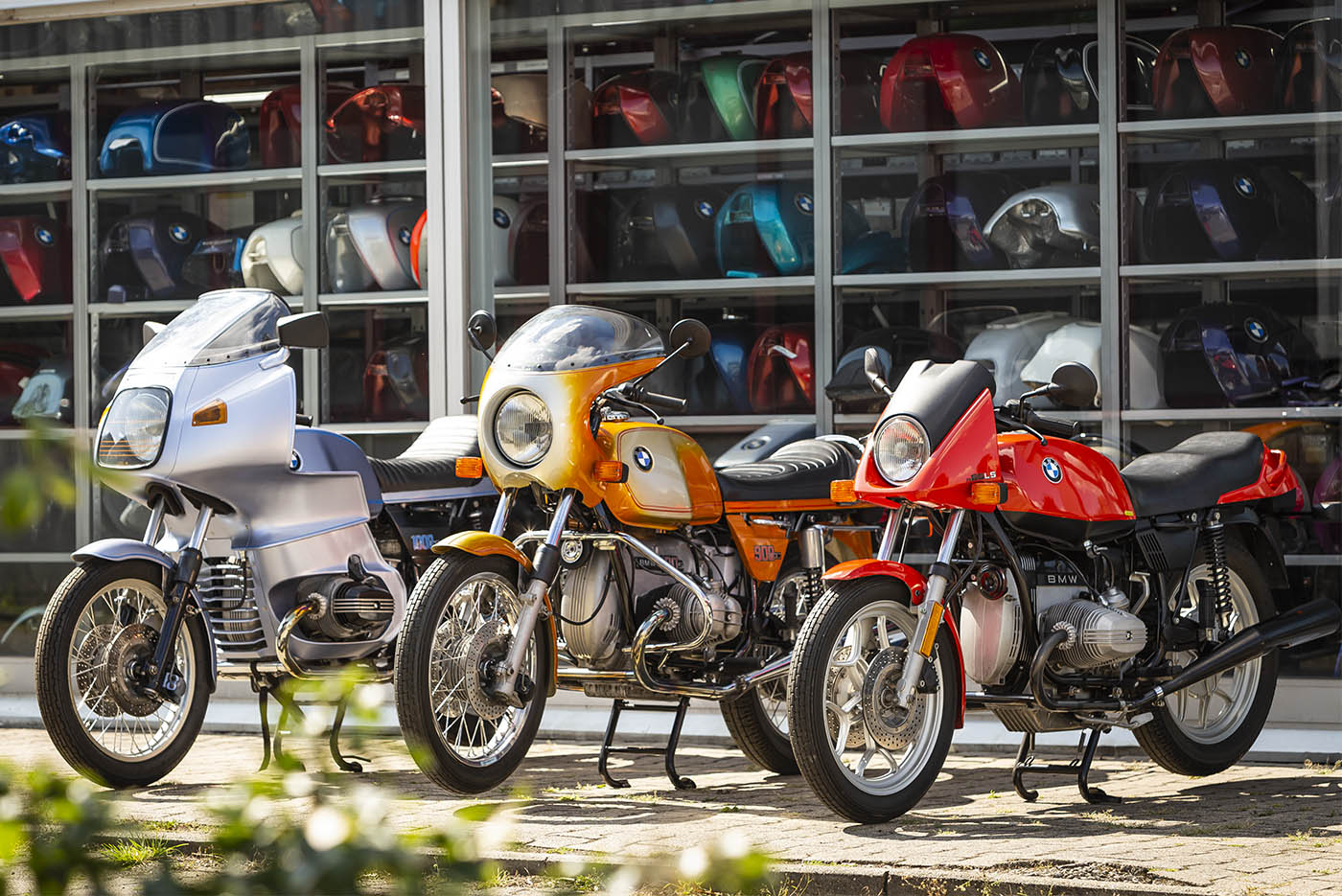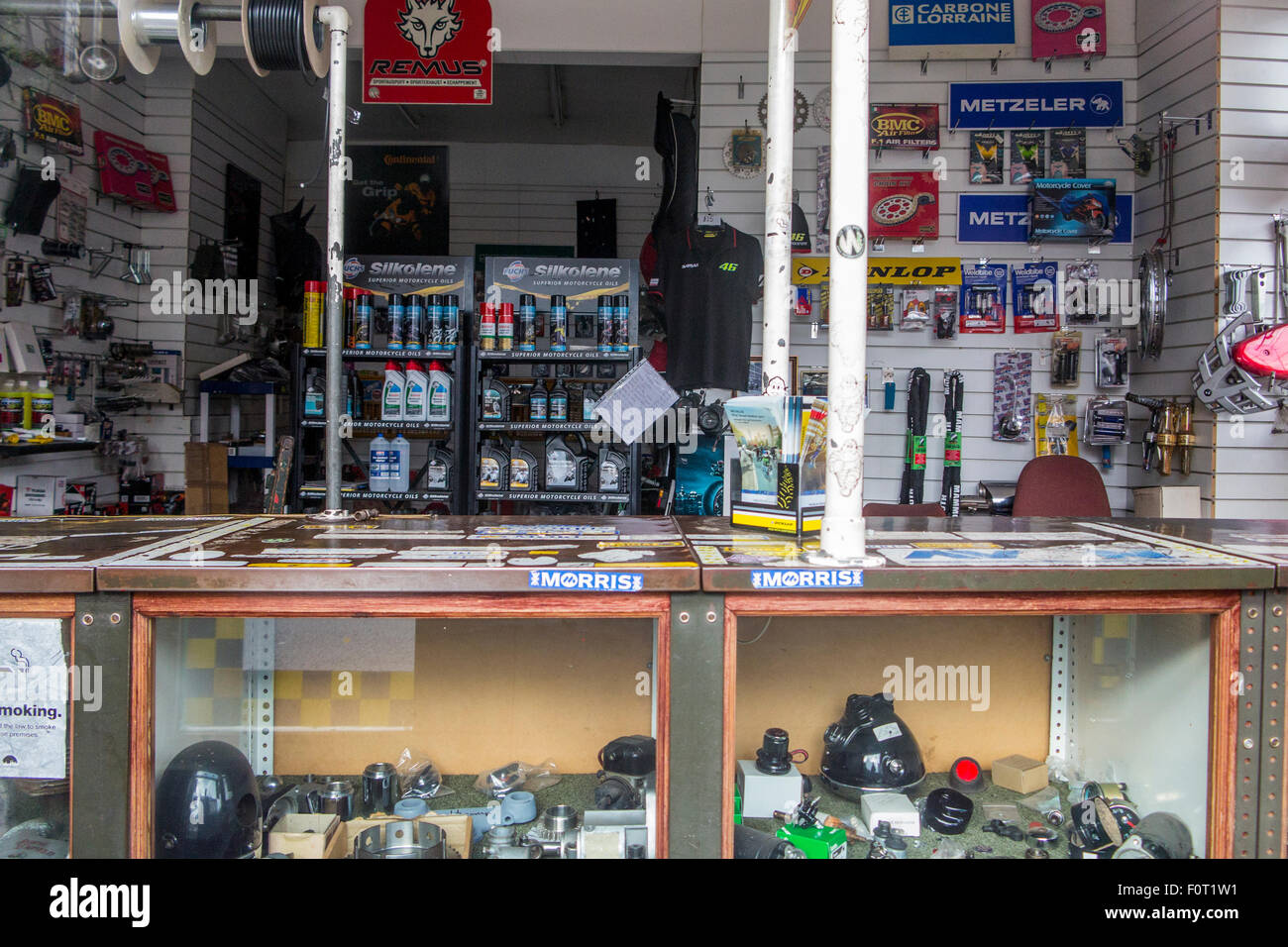Necessary Motorcycle Parts NZ for Peak Performance and Safety And Security
Necessary Motorcycle Parts NZ for Peak Performance and Safety And Security
Blog Article
Understanding the Crucial Parts of a Motorcycle: A Comprehensive Guide for Fanatics
For motorbike fanatics wanting to raise their riding experience and guarantee their bikes run efficiently, recognizing the important parts of a motorbike is extremely important. Each aspect, from the engine's detailed workings to the vital duty of the braking systems, not just influences performance but likewise safety and security and convenience. This guide will walk via the basic parts that every biker must know with, enabling informed choices in both maintenance and prospective upgrades. As we begin this expedition, one must ask: exactly how does each part connect to develop the smooth ride every enthusiast seeks?
Engine Elements

The camshaft plays a vital function in managing the timing of the engine's valves, making certain the accurate opening and closing essential for effective fuel and air intake, in addition to exhaust expulsion. This timing is vital to preserving optimum engine performance and performance. In addition, the carburetor or fuel shot system, depending on the motorcycle design, is accountable for mixing air with fuel in the right proportion for combustion.
The cooling system, either air or liquid-based, works to keep the engine's temperature level within operational limits, stopping getting too hot and ensuring durability - motorcycle parts nz. Each element, thoroughly made and incorporated, adds to the seamless procedure of the engine, specifying the bike's power output and overall performance
Transmission System
Integral to the motorcycle's functionality, the transmission system guarantees efficient power transfer from the engine to the wheels. This system makes up several crucial elements, including the clutch, gearbox, and final drive, each playing a vital duty in converting the engine's power right into motion. The clutch, commonly run by a hand lever, serves to engage and disengage the engine from the transmission, permitting smooth equipment modifications and controlled acceleration.
The transmission, usually described as the transmission appropriate, has a collection of gears that riders can by hand change via to change the bike's speed and torque outcome. These equipments are prepared in a series that allows the motorcycle to accelerate smoothly and maintain optimal engine efficiency throughout various rates. The majority of motorbikes utilize a consecutive transmission, requiring the rider to change gears in a predetermined order.
Braking Systems
While understanding the transmission system is vital to using a motorcycle's power, just as crucial is the ability to regulate and stop that power effectively, which is where stopping mechanisms enter into play. Brakes are important for safety and efficiency, providing the cyclist with the required control to browse different surfaces and conditions. Normally, motorcycles include two kinds of stopping systems: disc brakes and drum brakes.
Disc brakes are much more widespread in modern motorbikes due to their exceptional efficiency. They contain a brake disc, caliper, and pads. When turned on, the caliper squeezes the brake pads versus the rotating disc, converting kinetic power right into heat, thereby slowing down the wheel. This system uses far better warm dissipation, regular efficiency, and enhanced stopping power, specifically in wet problems.
On the other hand, drum brakes, though much less usual, are still found in some motorcycles. They work by pushing brake shoes against the inner surface of a drum connected to the wheel. While normally read here much less efficient in warm dissipation and quiting power, drum brakes are less complex and extra cost-effective.
Comprehending these braking systems' nuances enables bikers to preserve their motorbikes appropriately and value the design that makes sure risk-free and effective quiting.
Suspension and Guiding
Suspension and guiding systems are important elements that substantially influence a bike's handling and experience comfort. The suspension system, containing forks at the front and shock absorbers at the rear, soaks up roadway irregularities, boosting stability and control. Front forks, usually telescopic or inverted, compress and rebound to reduce effects, while rear shock absorbers maintain tire call with the road, important for traction and safety and security.
Guiding, focused around the handlebars, attaches the biker to the motorbike's directional control. The steering head bearings make certain smooth procedure, permitting specific ability to move. Proper placement and upkeep of these bearings are important for foreseeable steering response and reducing cyclist exhaustion.
The suspension's adjustability is one more critical element; preload, damping, and rebound settings permit personalization to suit various riding styles and problems. This adaptability is vital for maximizing efficiency, whether navigating urban roads or dealing with tough tracks. Technologies like digital suspension systems review supply real-time changes, riding gear jacket enhancing adventure top quality across diverse terrains.

Electric Systems
After making certain a smooth and regulated trip via reliable suspension and steering systems, focus transforms to the electrical systems, a pivotal facet of modern-day motorbikes. These systems play an essential role not only in starting the engine yet also in powering numerous parts that improve the performance and safety and security of the motorcycle.
At the heart of a bike's electric system is the battery, which shops electrical energy required for starting the engine and powering auxiliary systems - motorcycle shop. The alternator or generator, coupled with the rectifier-regulator, makes certain the battery remains billed while the bike is in operation, transforming mechanical energy right into electric energy and preserving voltage levels
The ignition system, one more important component, is liable for sparking the air-fuel mix in the engine's cylinders. Modern motorbikes commonly utilize an electronic ignition system, using better effectiveness and reliability compared to conventional systems.
Lights systems, consisting of headlights, tail lights, and signs, are additionally vital, making sure visibility and safety for the cyclist. Additional electronic elements such as sensors, control units, and presents add to advanced features like fuel shot administration, anti-lock stopping systems (ABS), and electronic control panels, better enhancing the riding experience.
Conclusion
A thorough understanding of a motorcycle's essential components, consisting of the engine, transmission system, stopping systems, suspension, steering, and electrical systems, is indispensable for lovers aiming to maximize convenience, safety, and performance. Proficiency of these elements enables educated choices concerning maintenance and upgrades, ultimately boosting the riding experience. By incorporating this expertise, bikers can guarantee their motorcycles operate at peak effectiveness and integrity, consequently taking full advantage of both pleasure and durability of their lorries.
For motorbike fanatics looking to raise their riding experience and ensure their bikes run efficiently, understanding the necessary components of a bike is extremely important.Important to the motorbike's functionality, the transmission system makes sure efficient power transfer from the engine to the wheels.While comprehending the transmission system is key to harnessing a motorbike's power, just as important is the ability to manage and quit that power effectively, which is where stopping mechanisms come right into play. Normally, motorbikes include 2 types of stopping systems: disc brakes and drum brakes.
A detailed understanding of a bike's vital components, consisting of the engine, transmission system, braking systems, suspension, guiding, and electrical systems, is crucial for lovers intending to maximize efficiency, convenience, and safety.
Report this page